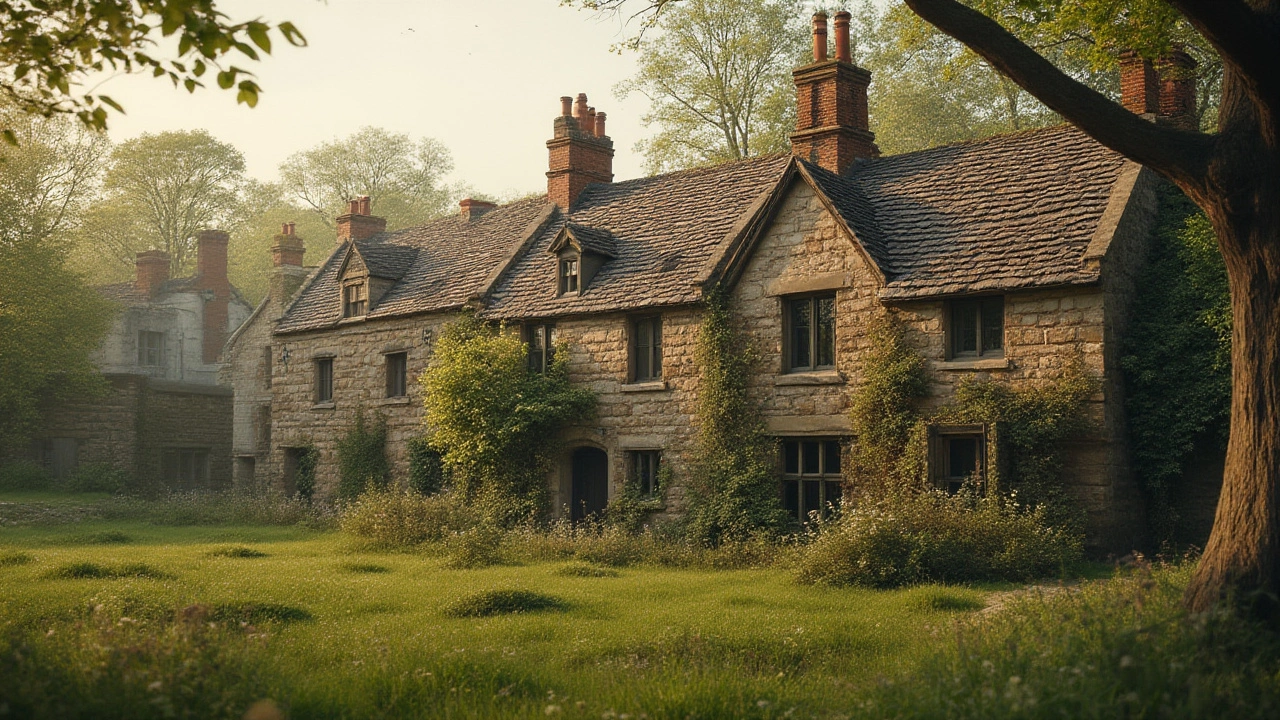Discover which building materials make houses last the longest, comparing stone, brick, concrete, and new options. Find out what really stands the test of time.
Longest Lasting House Material: What Really Stands the Test of Time
When you’re picking stuff for a house, you want it to stick around. Nobody likes fixing a wall every year or re‑tiling a floor after a few months. The good news? Some materials are built to last decades, even centuries, with the right care. Below we break down the top choices and how to decide what’s right for you.
Top Materials That Outlast the Rest
Concrete and reinforced steel are the heavy‑hitters. A solid concrete slab with steel rebars can survive moisture, temperature swings, and heavy loads for 50‑100 years. Add a good waterproof seal and it stays strong even in damp climates.
Brick and stone have been used for centuries because they don’t crack easily. Good quality bricks fired at high temperatures resist weather and fire, while natural stone like granite or slate can survive a lifetime with minimal maintenance.
High‑density porcelain tiles are another winner for floors and walls. They’re harder than regular ceramic, shrug off scratches, and don’t absorb water, so they stay looking fresh for decades.
Engineered timber might surprise you. Modern engineered boards have layers that keep warping low, and when sealed properly they can last 30‑40 years, rivaling steel in some interior applications.
How to Pick the Right One for Your Home
First, think about the area you’re treating. Bathrooms and kitchens need water‑resistant options, so go with porcelain tiles or waterproofed concrete. For exterior walls, brick or stone gives you fire resistance and low upkeep.
Second, match the material to your budget and DIY skill level. Concrete pours need a professional crew, while laying brick can be a manageable weekend project if you have the right tools.
Third, consider the climate. In coastal zones, choose materials that handle salt air, like high‑grade concrete and marine‑grade steel. In freeze‑thaw regions, use frost‑resistant bricks and add expansion joints to concrete slabs.
Finally, think about maintenance. All materials last longer when you keep them clean and sealed. A yearly sealant on stone or tile and a routine check for cracks in concrete will add years to their life.
Bottom line: pick the material that fits the spot, the weather, and how much work you’re ready to do. When you choose wisely, you’ll spend less on repairs and enjoy a home that truly stands the test of time.
